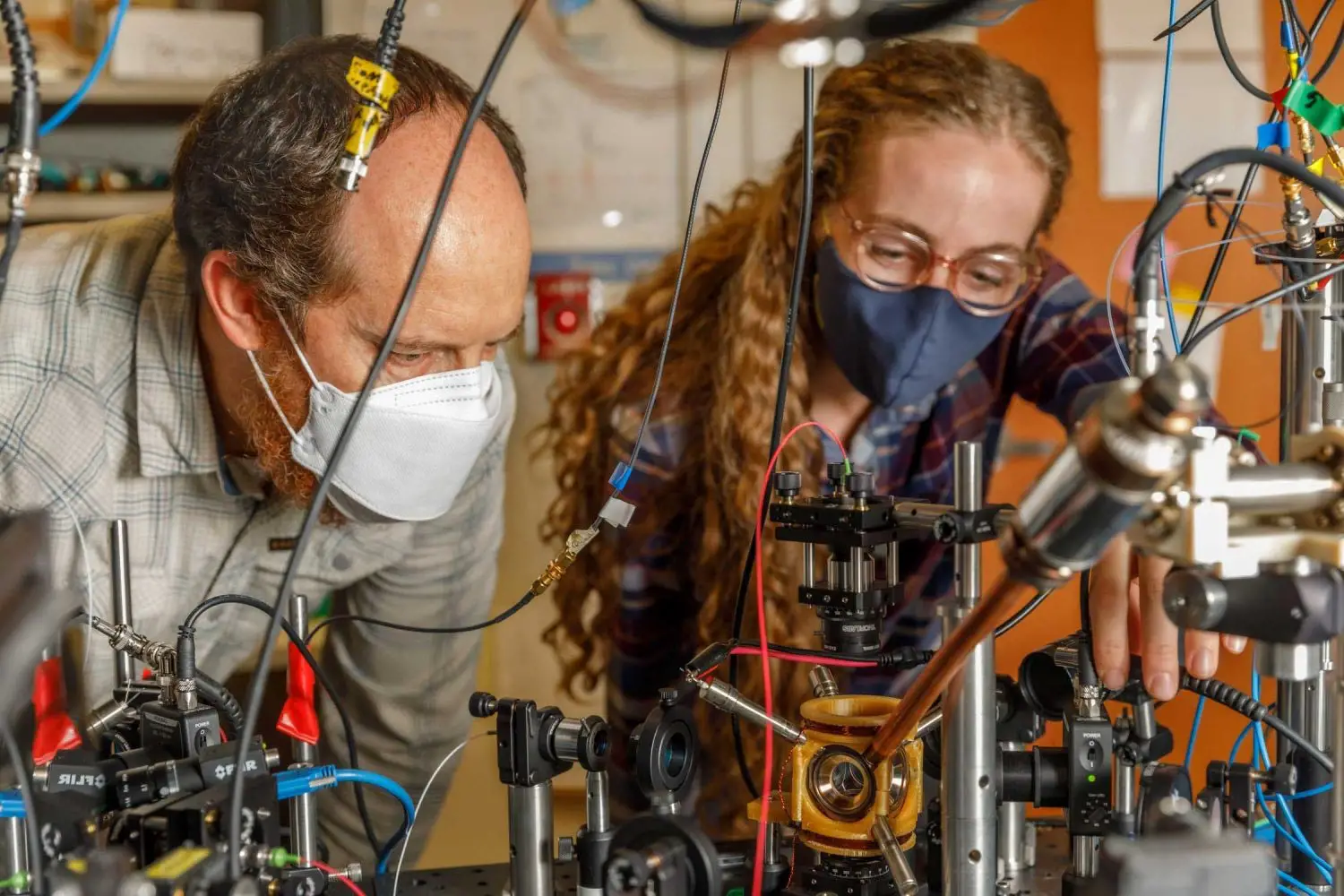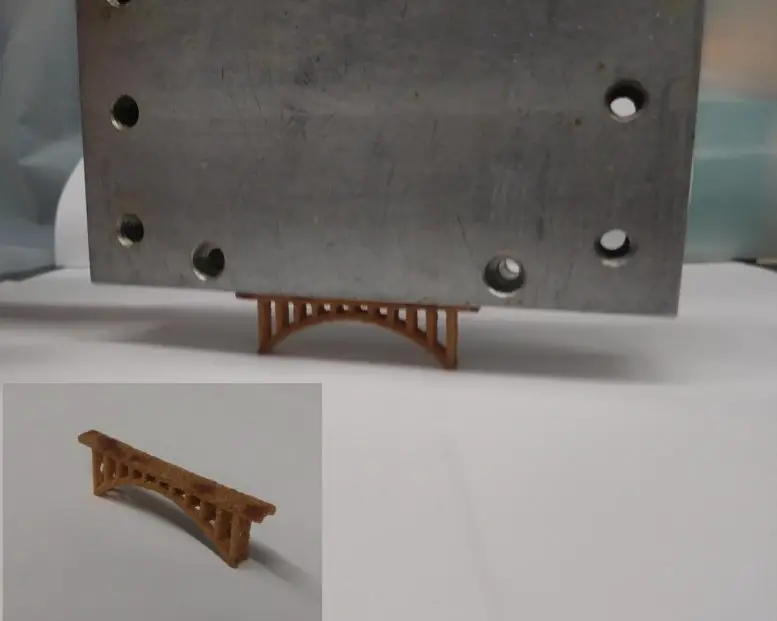Sandia demonstrates how advanced wayfinding technology could finally be compact and fieldable. Do not let the sapphire windows or titanium metal walls fool you. This tiny, curious device could one day be the start of a new era in navigation. The vacuum chamber, about the size of an avocado, has held cloud atoms in the […]
Author: John L. Bowman
Compact Fusion Power Plant Concept Utilizes State-of-the-Art Physics To Increase Energy Production.
Magnetic fields keep a ball of current-carrying gases (plasma) in place at fusion power plants. This creates a mini sun that produces energy via nuclear fusion. Compact Advanced Tokamak (CAT), a concept using state-of-the-art physics models, can potentially increase fusion energy production. These models demonstrate that fusion plant operators can reduce turbulent eddies by shaping the […]
Through the eyes of Underwater Creatures: Wearable Whole-Body Sensing Systems
Michael Bartlett, a Young Investigator Award recipient from the Office of Naval Research, will develop wearable, whole-body sensing systems. Because its evolution has been almost stagnant for millions, the horseshoe crab is sometimes called a ” living dinosaur.” Even though it has not evolved, the horseshoe crab still has a unique sensory network, some photoreceptors, that can […]
A Major Development by MIT Engineers in the Creation of a New Family of Semiconductor Materials
Made of non-toxic, inexpensive elements, chalcogenide perovskites can be used in lighting, solar cells, and other applications. MIT engineers have created the first thin films of a new class of semiconductor materials. Rafael Jaramillo, the lead researcher, refers to the feat as his “white whale” due to his obsessive pursuit of it over the years. […]
Stanford uses AI to make Holographic Displays More Realistic.
Wearers can be placed in virtual and augmented reality headsets. The technology is already trendy due to its immersive nature. However, the future could see holographic displays that look more like real life. The Stanford Computational Imaging Lab combined its expertise in optics with artificial intelligence to create better presentations. The paper describing their latest […]
Self-Driving Roboats – Developed at MIT – Set Sea in Amsterdam Canals
An autonomous boat could be the best mode of transport for you if you aren’t seasick. Scientists from MIT’s Computer Science and Artificial Intelligence Laboratory CSAIL and Senseable City Laboratory have created the final project of their self-navigating trilogy. This is a fully-autonomous, full-scale robotic boat that can be used to navigate the Amsterdam canals. […]
3D-Printed Sands are more robust thanks to Binding Polymer Discovery
Oak Ridge National Laboratory, Department of Energy, developed a new polymer to bind and reinforce silica sand in binder jet additive manufacturing. This is a 3D printing method used in industries for prototyping or part production. The printable polymer allows for sand structures with complex geometries and exceptional strength and is also water-soluble. The study […]
Cellular Computing: “Logic Gate” opens the door to nanoscale computers for treating cancer and other diseases
Many scientists and health professionals have long dreamed of creating nanoscale computers that can be used in precision health care. Researchers at Penn State have developed a nanocomputing system that controls the protein’s function in cell movement and metastasis. This research opens the door to creating nanoscale computers that can be used to treat and […]
A Holographic Camera Now Sees the Unseen: Around Corners, Through Fog, and in Human Tissue
The device can see through corners and scattering media such as fog or human tissue. Northwestern University researchers invented the high-resolution camera capable of seeing the unheard in corners and through scattering media like skin, fog, or even the human skull. Synthetic wavelength holography is a new method that uses the indirect scattering of coherent […]
VOCABULARY DEVELOPMENT EXPANDED WITH WORD ANALYSIS
Introduction Students engage in “word analysis” and “word study” by breaking down words into the smallest units possible of meaning, called morphemes. Each morpheme contributes to the understanding of the entire word. Students’ understanding of morphemes can help them identify the meanings of words and build their vocabulary. The Institute for Educational Science’s Practice Guide recommends that […]









